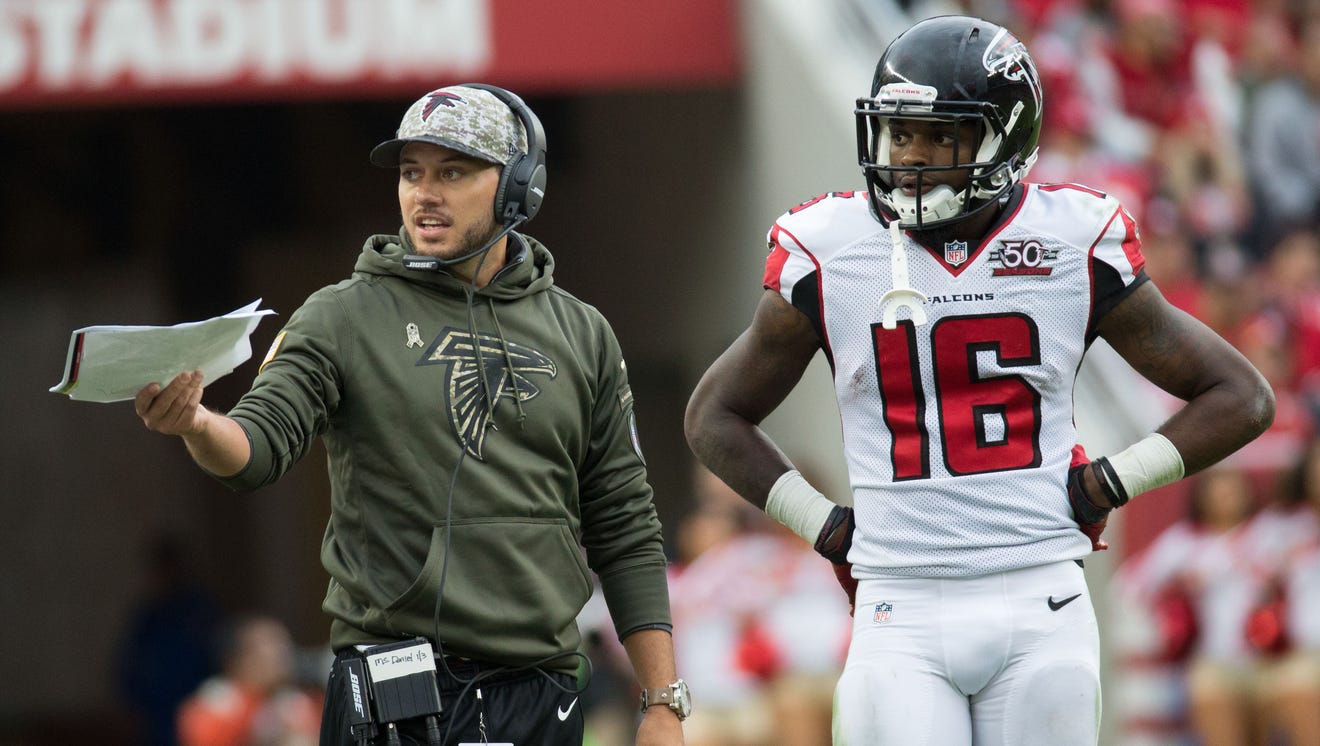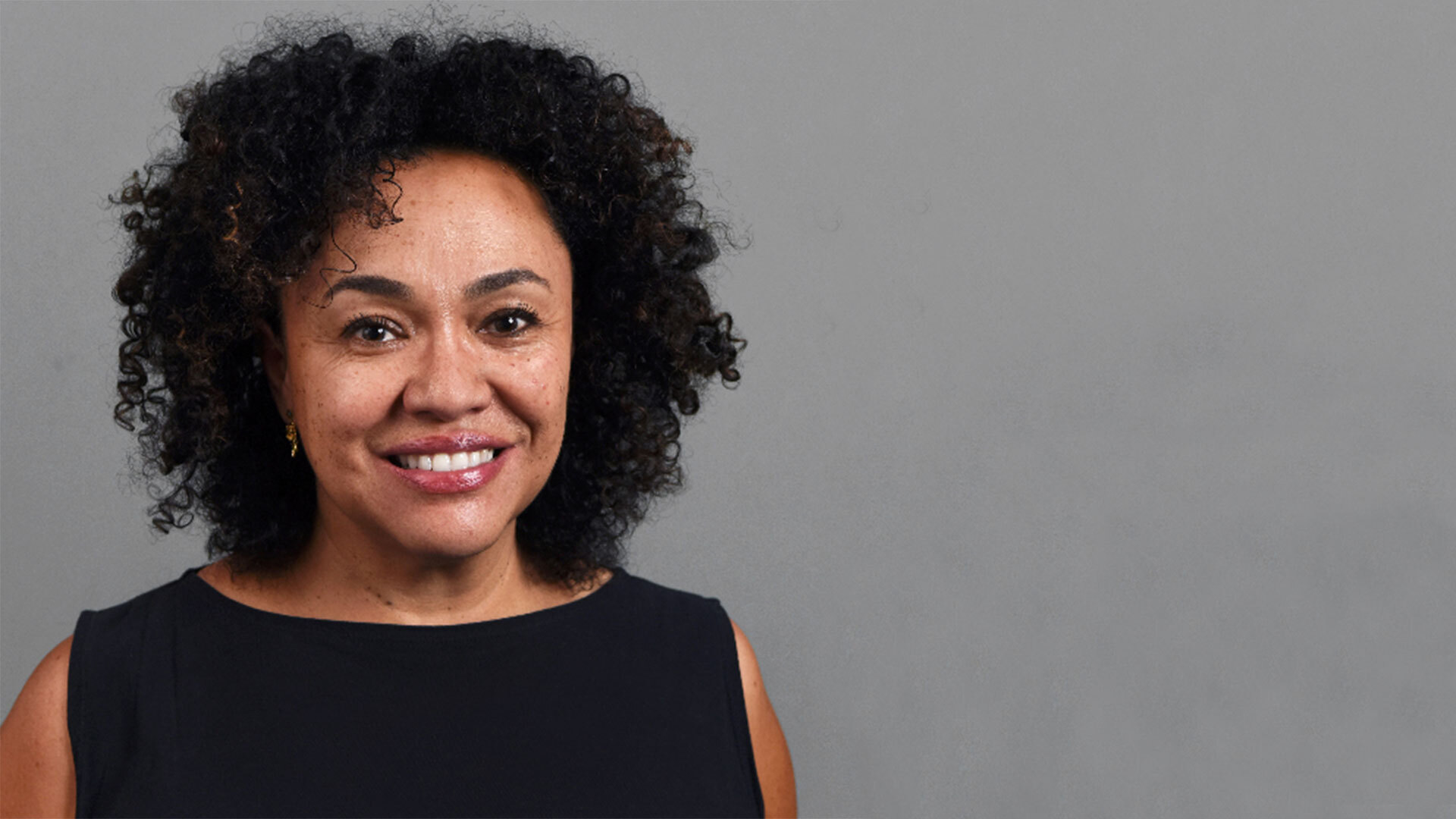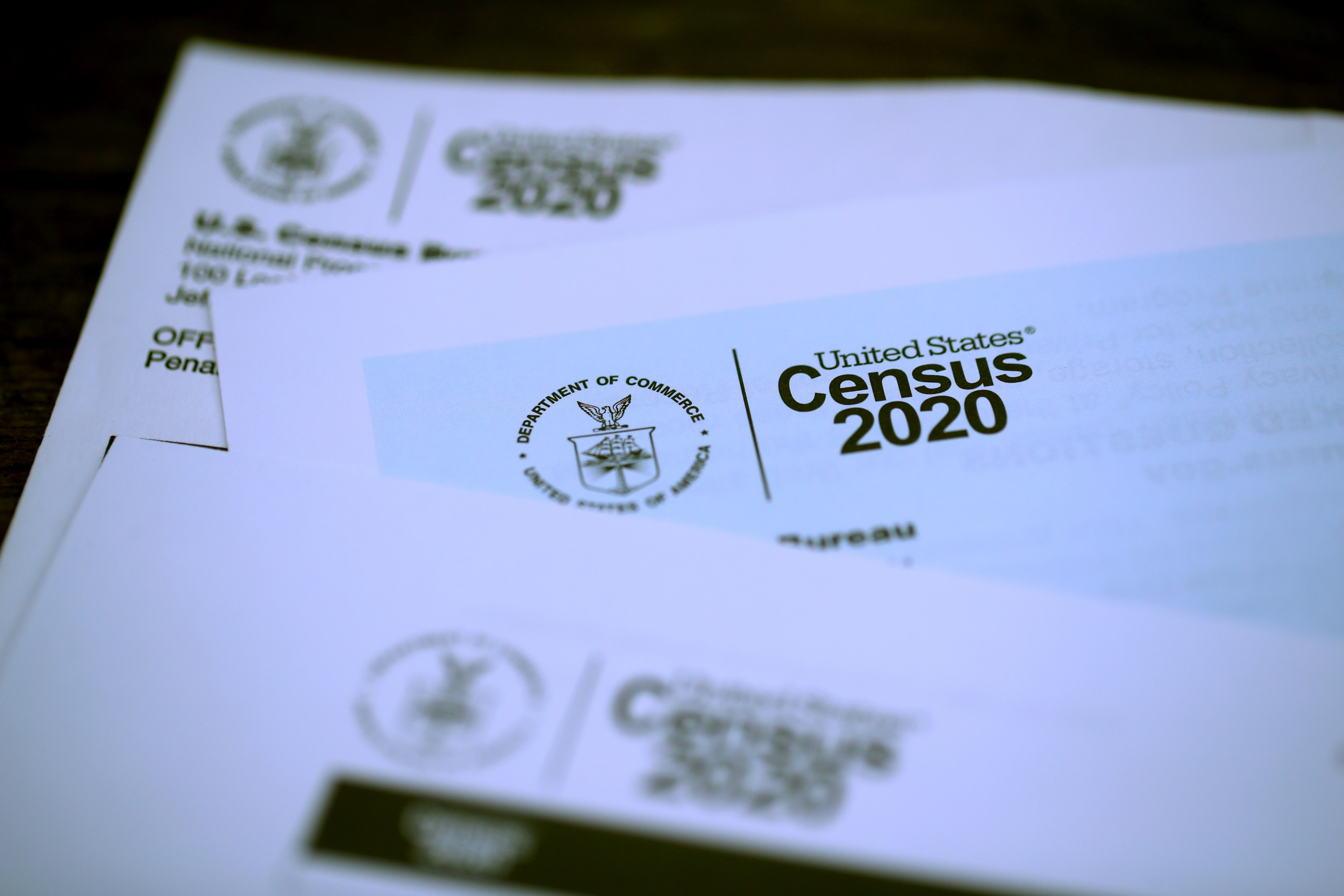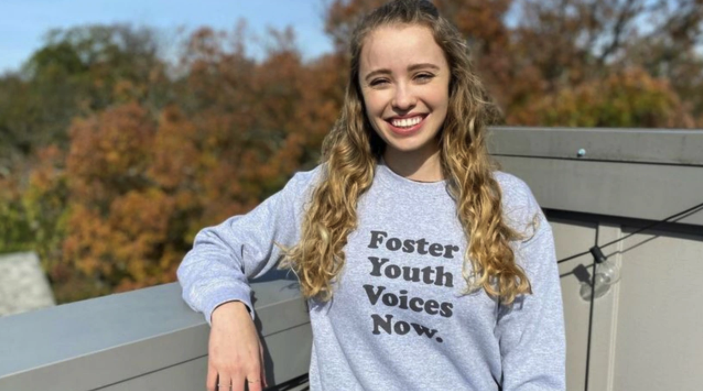Opinion: New Dolphins coach Mike McDaniel doesn’t owe anyone an explanation about his Blackness
USA TODAY
2022-02-08
Mike Freeman, Race and Inequality Editor–Sports

When I saw that Mike McDaniel was hired as Miami Dolphins coach, and the scarily ugly racial twist the hire started to take on social media, the first person I thought of was my daughter.
The McDaniel hire, and subsequent conversations, focused on a central question: what is Black?
And it comes at a time in American history where race is everything. It’s always been everything but the influence of the white nationalist former President is still strong. He inspired a group of mostly white supremacists to storm the Capitol. Not coincidentally hate crimes have risen in recent years. In other words, the uglier parts of racism are making a comeback like the hockey-mask wearing Jason from Friday the 13th.
It’s impossible not to put the McDaniel story in this context.
As for my girl, she is a dream of a daughter: smart, funny, and a stunningly good athlete. My daughter, like McDaniel, is biracial, and she looks white. With straight, blondish hair and blue eyes. Her looks, combined with my dark Black skin, have led to some staggeringly racist moments when we’re in public, since apparently people don’t know how genetics work. Once, a white woman thought I was her babysitter. Another thought I was her driver. “Are you her chauffer?” she asked…
Read the entire article here.






